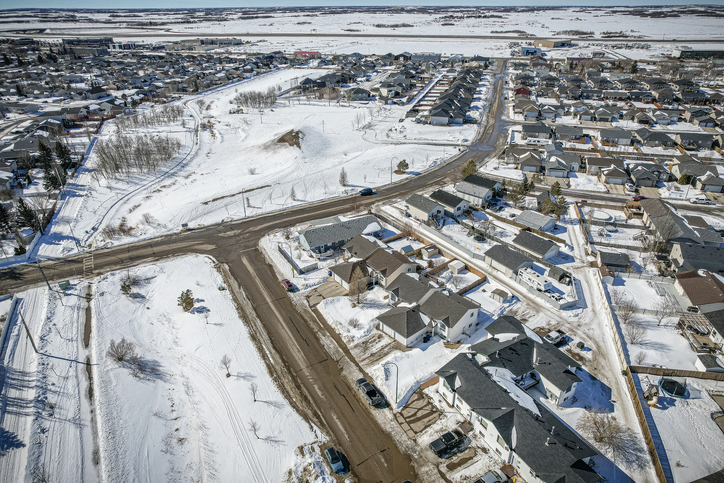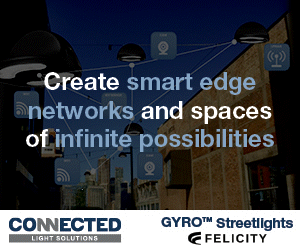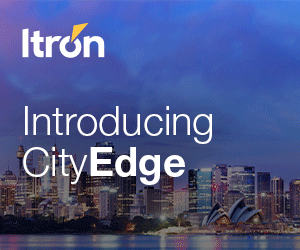Tanya Garost started her professional career as an accountant and had been working in Canada’s local government sector for around five years when changes in standards required organisations to account for the assets they managed.
“Local government’s focus on asset management really exploded from that point,” says Garost, who is now the City Manager for Martensville in Saskatchewan.
“Before the change in standards I’m not sure people even realised how much we owned, must less how much we looked after.
“And so with this change came the realisation that there was a whole bunch of stuff attached to it, like maintenance and renewal, and so it really became a focus.”
Garost describes the change as “transformational” and also “shocking” for many municipalities, and it was a period which also saw some significant failures in asset and organisational performance.
“It really drew our attention to the fact that we couldn’t just expect our assets to keep going,” she says.
“At some point, they will collapse. So all of this came together and we realised that we really needed to understand asset management better, and that meant condition assessment, maintenance, and bringing all that information together.
“Accountants had some information, engineers had some too. Everybody was holding pieces but nobody was bringing it all together, but that has changed and now things have improved.”
In addition to her role in Martensville, a commuter belt city with a population of 13,000, Garost is also the current president of the Government Finance Officers Association (GFOA), a professional body comprising close to 24,000 members from both Canada and the US.
Many of the challenges she deals with in Martensville resonate through the membership of the GFOA as government organisations deal with issues around climate change and sustainability – both environmental and financial.
“We as a board of the GFOA are trying to reflect the issues of our communities, and we see that people are having many of the same problems,” says Garost.
“For us at Martensville, storm water is a major issue. We have previously talked about how a one in 100 year event is now one in ten or twenty.
“We’ve got population growth and we haven’t invested in the some of the infrastructure we need and now it’s really hitting us.

“The cost of infrastructure is really going up, and changing the idea of what is sustainable. Before, a small community could easily build their own wastewater treatment plant, but we can’t do that anymore, so it has to be regional and so regional partnerships have become more important.”
While sharing these issues with other municipalities, Martensville also has unique challenges.
It has a young population and 60% of its residents are under the age of 45.
As a commuter centre a large percentage of these people travel to work in larger centres in their cars.
“It is growing massively right now, and we’ve been one of the fastest growing communities in Canada,” says Garost.
“That has put a burden on our existing assets, and created the need for new assets.
“A lot of our assets are around the same age, and 20 – 30 years from now things are likely to get really ugly for us when those assets all need attention at around the same time.”
The city is building a new recreational facility, including an ice rink and soccer pitch, at a cost of around C$65 million, as Martensville’s assets grow to keep up with demand from the community.
While Garost sees collaboration between engineers and accountants in local government as “infinitely better” today than in the past, she says the key to improving asset management outcomes is in better communication with elected officials.
“They are ultimately the ones that make the decisions on everything,” she says.
“When you can have your accountant and your engineer standing there saying that something is really important, or we can’t afford it, it’s much better than only one of them saying it.
“So a key route to success is getting the message across to the elected official and being consistent in that message.”
The good news is that Garost says elected officials are improving in their knowledge around asset management, partly as a result of the “united message” they are getting from accounting and engineering professionals.
“I have learned so much too,” says Garost.
“I’m an accountant, but I know now about wastewater plants and how roads are built, all stuff I never thought I would but now I’ve been able to able to bring all that together.
“On the other side I think the engineers also have a greater appreciation for the reporting which needs to be done on the financial side so we can comply with regulations and standards, and I think that has really improved in the last fifteen years.”
Tanya Garost will be a speaker at the IPWEA International Asset Management Congress to be held from November 28-29 at the National Convention Centre in Canberra. Visit www.amcongress.com.au for more information.














